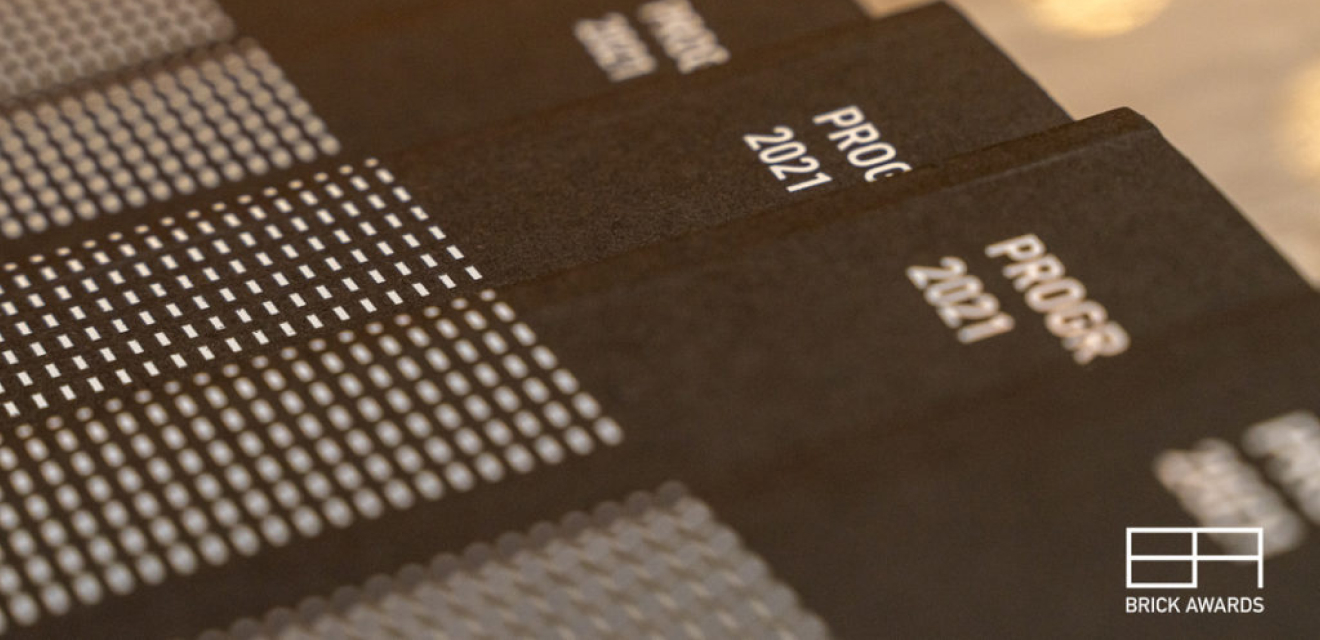The demand for resilient buildings using non-combustible materials has seen traditional products in the form of brickwork increasingly replace modern alternatives in buildings more than 18m-high. Scott Denham, Sales Director from IG Masonry Support looks at a brick on soffit system that has not only been designed to enable the delivery of tall masonry structures, but it also meets the need for non-combustible materials.
Although the origins of brickwork date back thousands of years – including the UK’s much loved red brick – brickwork as we know it today became popular around the time of the Industrial Revolution, where the mechanised production of brick increased availability and demand for this building material.
Brick has been used and specified by architects across many generations, mainly because of its consistent shape, compressive strength and ability to absorb water. Houses or residential buildings made from brick can cost less in the long-run, as lower amounts of energy are required for heating. It is no surprise that some of the world’s greatest structures are made from brick; in fact, the Empire State Building in New York is reported to have been made from around 10 million of these small but mighty building materials.
Architecturally, the intricate detailing that brickwork enables is like no other. Depending on the type of project, different bond patterns can be used. Brick detail in the form of brick soffits, deep reveals and flying beams continually make for stunning exteriors, enabling architects to create truly unique façades.
Brick has been around for centuries, and whilst trends towards other materials come and go, our love affair with it continues. Over the past decade other façade solutions such as rainscreen cladding have been widely used. Traditional brickwork though, is seeing something of a resurgence, partly due to the realisation that bricks offer a more robust and fire-resistant solution than many other forms of façade material. However, with this comes the need to adapt to changes in regulations, to ensure that brick is still the choice for buildings of all shapes, sizes and heights.
A New Direction
Recent changes to Building Regulations Approved Document B restricted the usage of non-combustible materials in buildings over 18m-high and this has led to the exclusion of certain products. This was largely driven by the need to ensure rainscreen cladding façades on tall buildings are resistant to fire so there will not be a repeat of the tragic Grenfell fire.
The questions and concerns over some rainscreen cladding façades therefore, have seen architects move back to more traditional, tried-and-tested materials such as brick. Architects are experiencing for themselves waves of clients wanting to emulate modern interpretations of classic architecture. Brick has long been the go-to material in the UK, but the modern cladding system became a quick and cost-effective way to create bright and modern looking buildings. However, it came at a cost; with many buildings now seeing cladding systems replaced due to non-conformity to regulations and issues around fire performance.
This cost is further compounded by modern cladding systems’ ailing appearance; they can look tired and dated over time. There can be no denying however, that many brick façades look equally as impressive today as they did when they were created decades ago.
New Innovations
There has been much debate as to how construction could respond to regulatory changes and have an A1-fire rated (non-combustible) or an A2-fire rated (limited combustibility) solution to provide to the market.
To meet this challenge, IG Masonry Support developed its own ‘A1’ independently-tested fire-rated adhesive to meet its specific requirements. This non-combustible adhesive can be used both as a bedding compound, as well as a bonding agent.
IG Masonry Support engineered B.O.S.S.+, an A2 fire-rated system suitable for use on projects that require Building Regulations Document B compliance – the second generation of their B.O.S.S. system. B.O.S.S.+ comprises a stainless-steel framework with a cement particle board backing element to which the brick slips are adhesively bonded and mechanically fixed. In short, this BBA Certified solution ticked the boxes in all the required areas and was available to the market in 2019.
Not resting on their laurels, IG Masonry Support’s next step was to create a fully non-combustible, mechanically fixed and carbon neutral product. The BBA Certified B.O.S.S. A1 system is ‘A1’ fire rated and has been subjected to hygrothermal testing. The product passed the rigorous examination with ease. As well as meeting current fire regulations regardless of the building’s height or purpose, the manufacturing process and environmental impacts will be significantly reduced. Like the rest of the B.O.S.S. range, it is factory produced to ensure quality and once onsite it is fixed to IG’s Welded Masonry Support (WMS). Thanks to its ingenious design, it can be adjusted onsite to ensure a perfect fit, providing brickwork contractors with a safe and efficient way of creating detailing. Installation can be reduced by up to 90% and as it is 70% lighter than concrete, it negates the need for mechanical lifting.
Its impressive credentials, all of which are BBA certified, offer a technically advanced solution that meets even the boldest aesthetics, by hiding structural steelwork to give the illusion of unsupported brickwork. To further ensure a quality installation, the brick slips are created using a consignment of bricks from site, to guarantee a perfect match. The unit is pointed onsite to provide a seamless integration with the surrounding brickwork.
Furthermore, legislative changes post-Grenfell have encouraged manufacturers to innovate and continually improve products in order to facilitate the needs of the industry. Some trends come and go, yet brickwork design has always been a constant. Brickwork not only offers great possibility in terms of design and visual aesthetic; it is a tried-and-tested method which hits the mark on quality every time. The legislative changes that the industry witnessed in recent years has inspired construction supply chains to be better, and perhaps serves as a reminder of the quality and assurance traditional materials offer.










